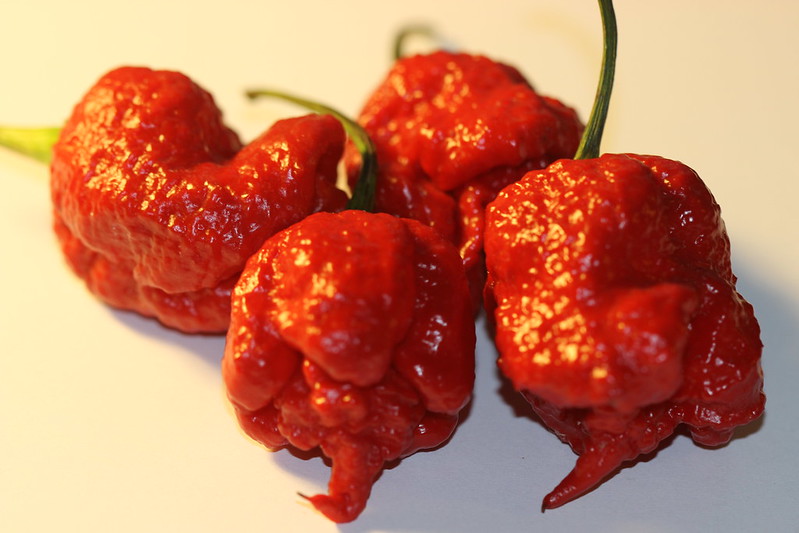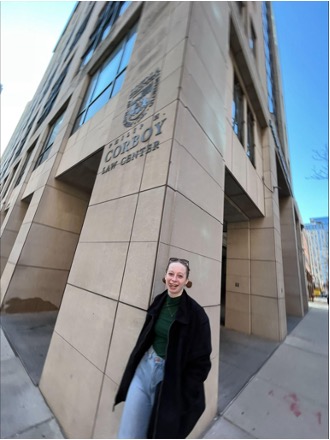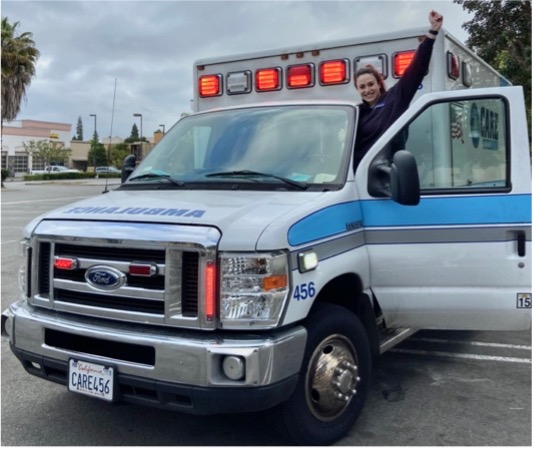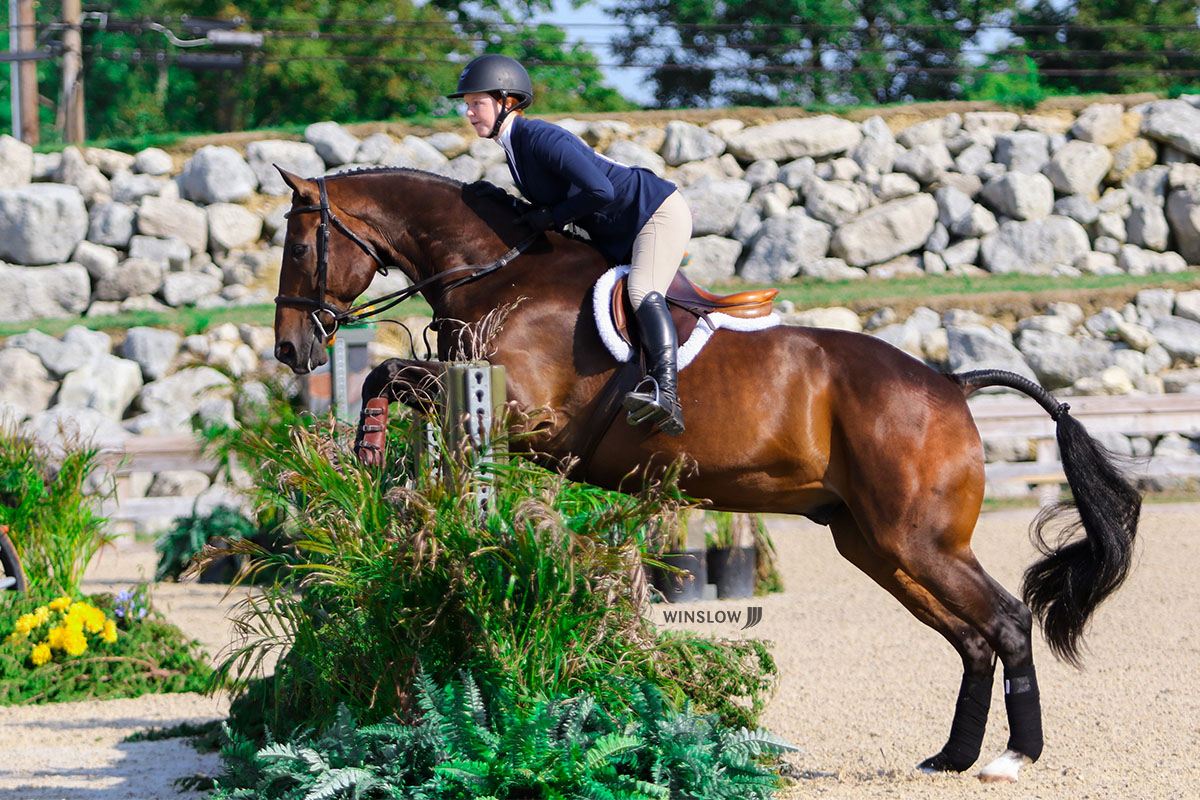
Securing Sisterhood: My First Introduction to IP
Since 2022, I have proudly worn the symbols of Delta Sigma Theta Sorority, Incorporated (Delta). Delta is a Black Greek Letter Organization committed to sisterhood, scholarship, public service, and social action. Before law school enrollment, I noticed a “®” symbol on my Delta crewneck. Now, I’ve noticed this symbol on things like Stanley Cups. But what would it have to do with my public service … Continue reading Securing Sisterhood: My First Introduction to IP








